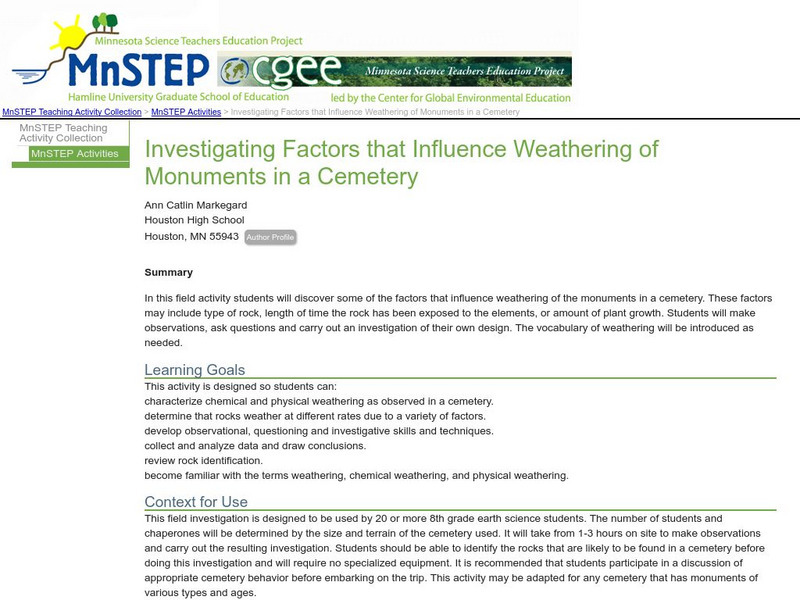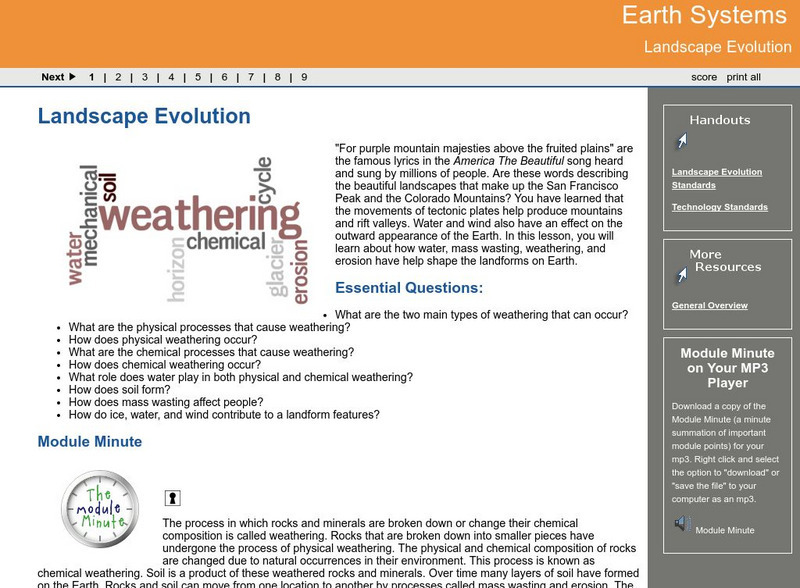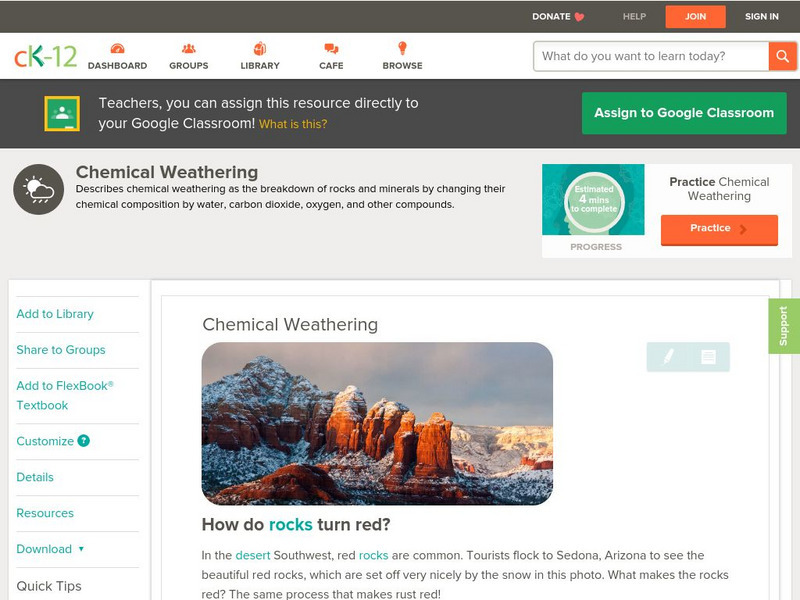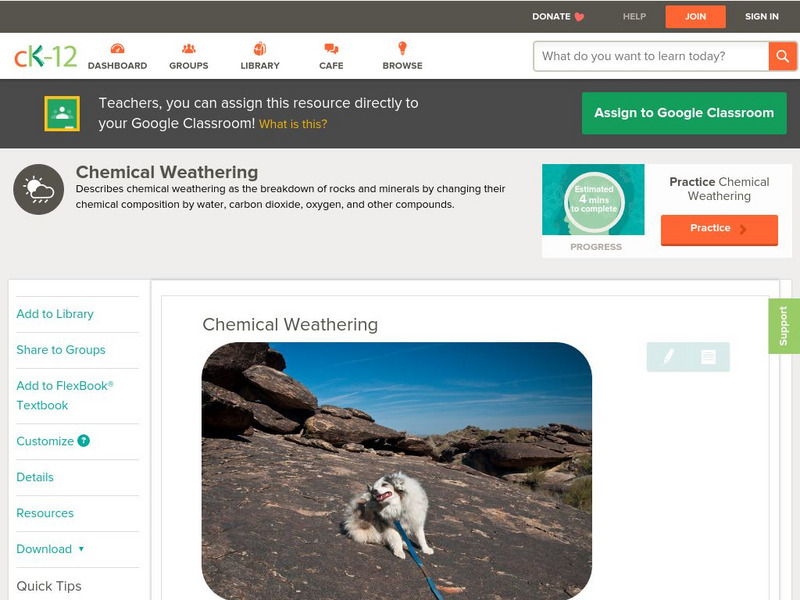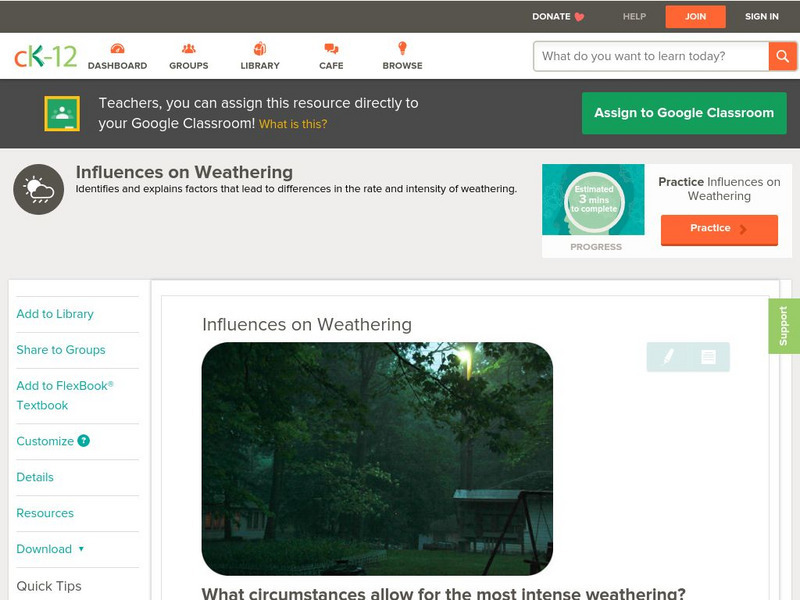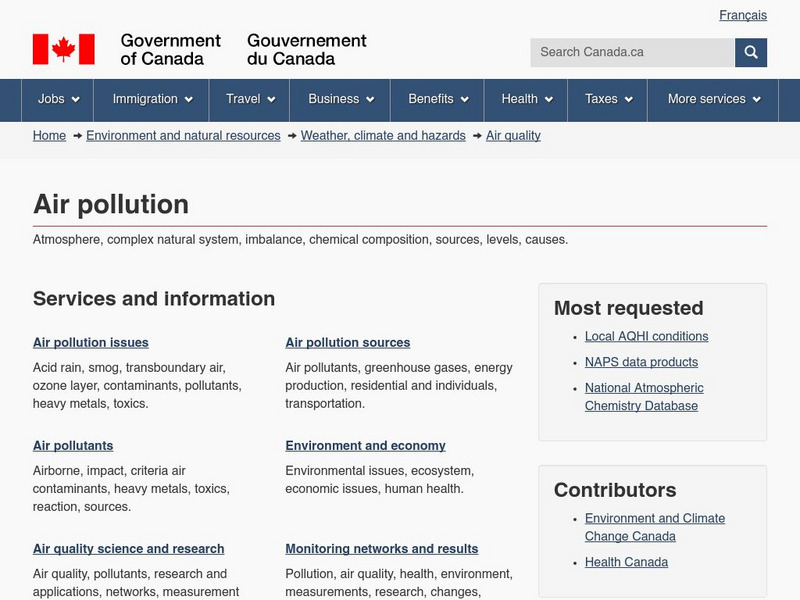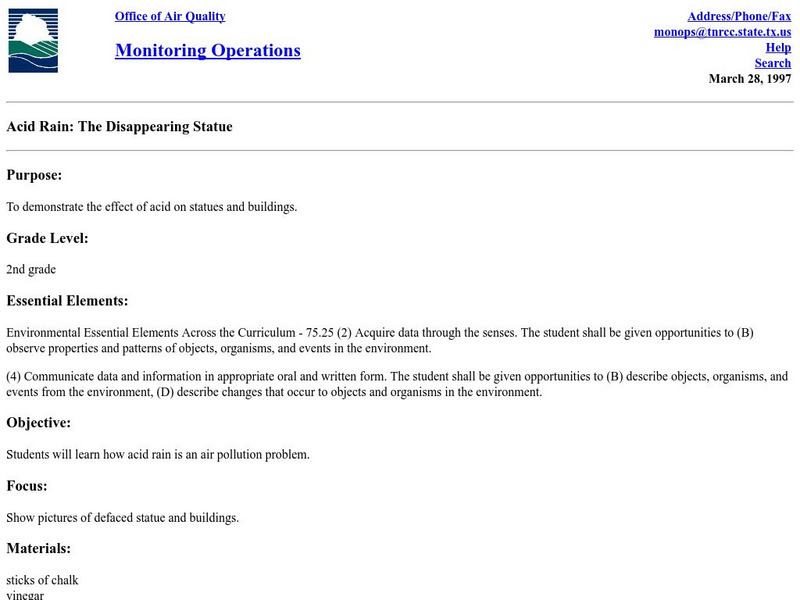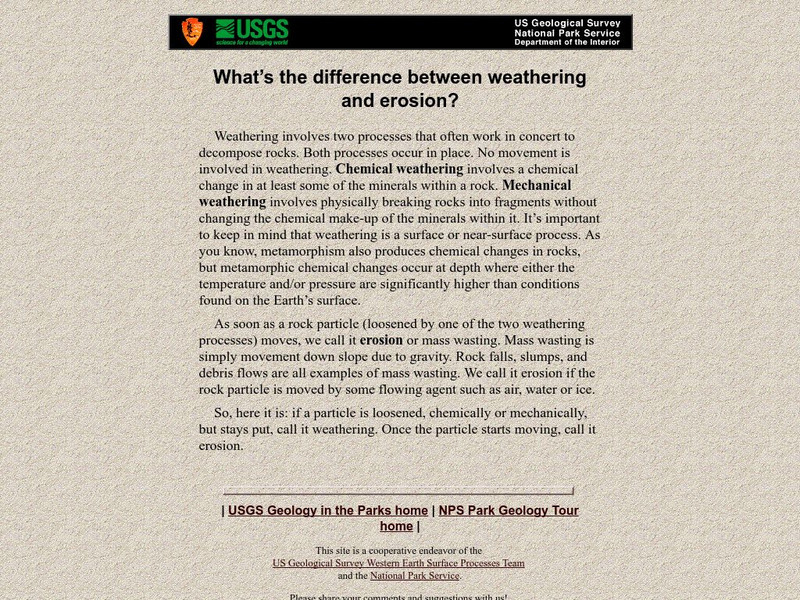Science Education Resource Center at Carleton College
Serc: Investigating Factors That Influence Weathering of Monuments in a Cemetery
For this activity, students will discover some of the factors that influence weathering of the monuments in a cemetery. These factors may include the type of rock, length of time the rock has been exposed to the elements or the amount of...
University of Hawai'i
Pretty Green Mineral Pretty Dry Mars
Olivine-bearing rocks, similar to those found in Hawaii, have been found on Mars. Use this site to learn more about what has been found on Mars.
Scholastic
Scholastic: Study Jams! Science: Weathering & Erosion
A video and a short multiple-choice quiz on the topic of weathering and erosion, what they are, and how they alter the Earth's surface.
Georgia Department of Education
Ga Virtual Learning: Landscape Evolution
In this amazing online tutorial you will learn about how water, mass wasting, weathering, and erosion have help shape the landforms on Earth. The lesson includes many helpful interactive materials to prepare help you understand landscape...
American Geosciences Institute
American Geosciences Institute: Earth Science Week: Making a Cave
This activity simulates the way that dissolution, a chemical weathering process, leads to the formation of caves.
American Geosciences Institute
American Geosciences Institute: Earth Science Week: Rock Pop
Students investigate the process of rock being eaten away by acid, thus releasing carbon dioxide into the air.
TeachEngineering
Teach Engineering: Acid Attack
In this activity, students explore the effect of chemical erosion on statues and monuments. They use chalk to see what happens when limestone is placed in liquids with different pH values. They also learn several things that engineers...
TeachEngineering
Teach Engineering: Rock Solid
Rocks cover the earth's surface, including what is below or near human-made structures. With rocks everywhere, breaking rocks can be hazardous and potentially disastrous to people. Students are introduced to three types of material...
CK-12 Foundation
Ck 12: Earth Science: Chemical Weathering
[Free Registration/Login may be required to access all resource tools.] Chemical weathering wears down rocks through chemical reactions.
CK-12 Foundation
Ck 12: Earth Science: Chemical Weathering
[Free Registration/Login may be required to access all resource tools.] Chemical weathering wears down rocks through chemical reactions.
CK-12 Foundation
Ck 12: Earth Science: Influences on Weathering
[Free Registration/Login may be required to access all resource tools.] Variables that affect the rate of weathering.
Other
Environment Canada: What Is Acid Rain?
A thorough explanation of acid rain with a focus on the following topics: what is acid rain, the pH scale measures acidity, what does acid rain do, and what can I do about acid rain.
Scholastic
Scholastic: Dirtmeister's Science Reporters: Erosion
Dirtmeister describes erosion, how it works, different causes, and types of weathering. Included are questions to help get you thinking about erosion in your area.
Science Struck
Science Struck: Real Life Examples of Weathering
Explains what weathering is and gives lots of examples of mechanical, chemical, and biological weathering.
CK-12 Foundation
Ck 12: Fourth Grade Science: Earth Science: Weathering
[Free Registration/Login may be required to access all resource tools.] Looks at mechanical and chemical weathering, agents of weathering, and gives examples of each type of weathering.
Alabama Learning Exchange
Alex: Let's Get Physical! (Or Chemical Weathering)
This lesson helps students learn the differences between physical and chemical weathering. Students will complete various activities in which they identify and describe the type of weathering that is taking place.This lesson plan was...
CK-12 Foundation
Ck 12: Earth Science: Chemical Weathering Study Guide
This comprehensive study guide covers the main terms and concepts needed for an earth science unit on chemical weathering. Review questions are included at the bottom of the study guide.
Michigan Reach Out
Reach Out Michigan: Acid Rain
This experiment from Reach Out Michigan "demonstrates the effect of acid rain on statues and buildings."
Curated OER
National Park Service: Us Geological Survey: Weathering vs. Erosion
The USGS & National Park Service provide a description of the difference between weathering and erosion, and the difference between chemical and mechanical weathering.
US Geological Survey
U.s. Geological Survey: What's the Difference Between Weathering and Erosion?
Brief explanation of the difference between weathering and erosion.
American Geosciences Institute
American Geosciences Institute: What Is Chemical Weathering?
Learn about the chemical weathering processes that break down rocks.
ClassFlow
Class Flow: Chemical Weathering: Limestone
[Free Registration/Login Required] This is a simple flipchart displaying the chemical process of limestone weathering.
Science Struck
Science Struck: Salt Crystallization
Learn how salt crystallizes and the weathering effect that this has on rocks and on structures.



